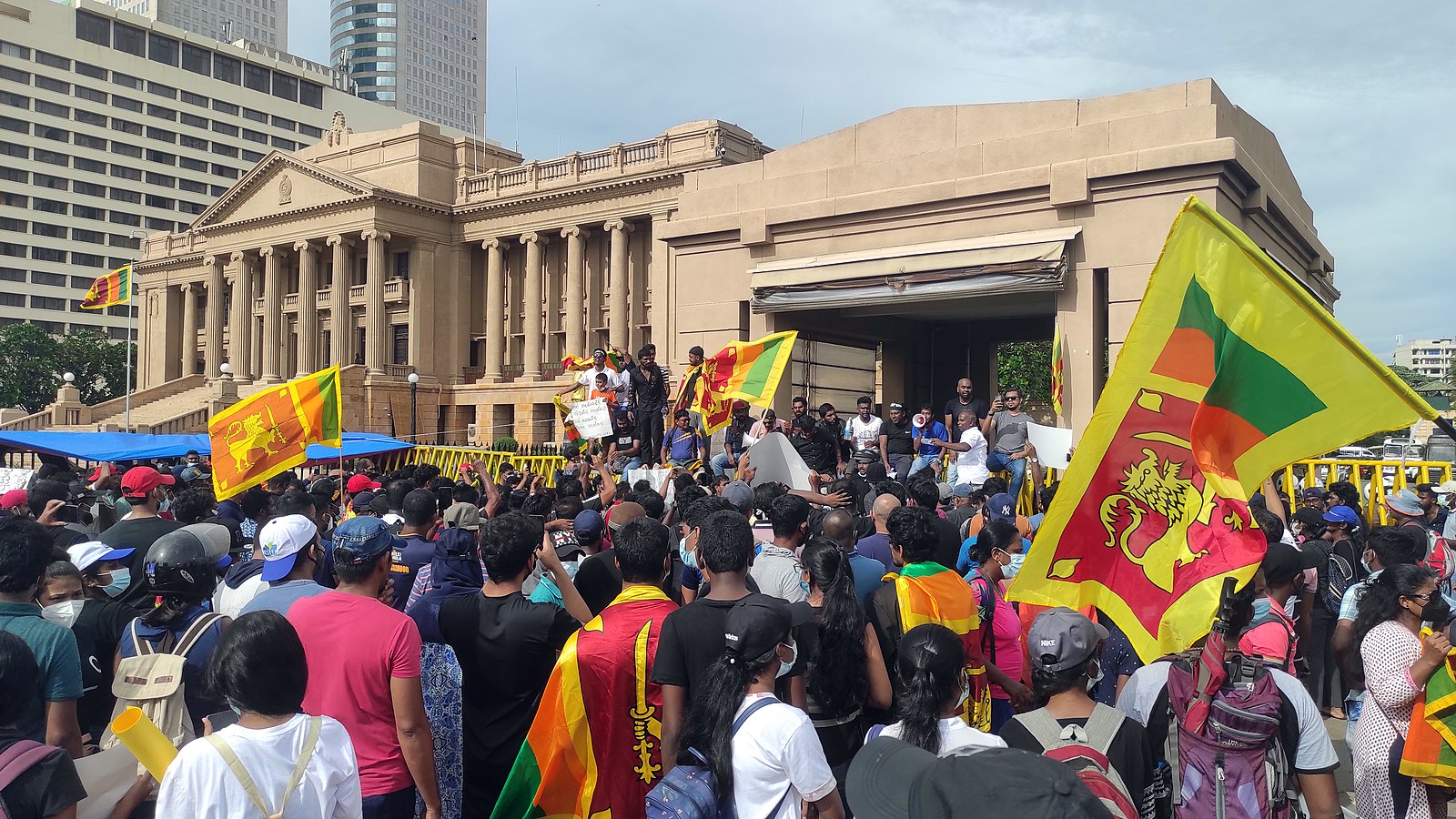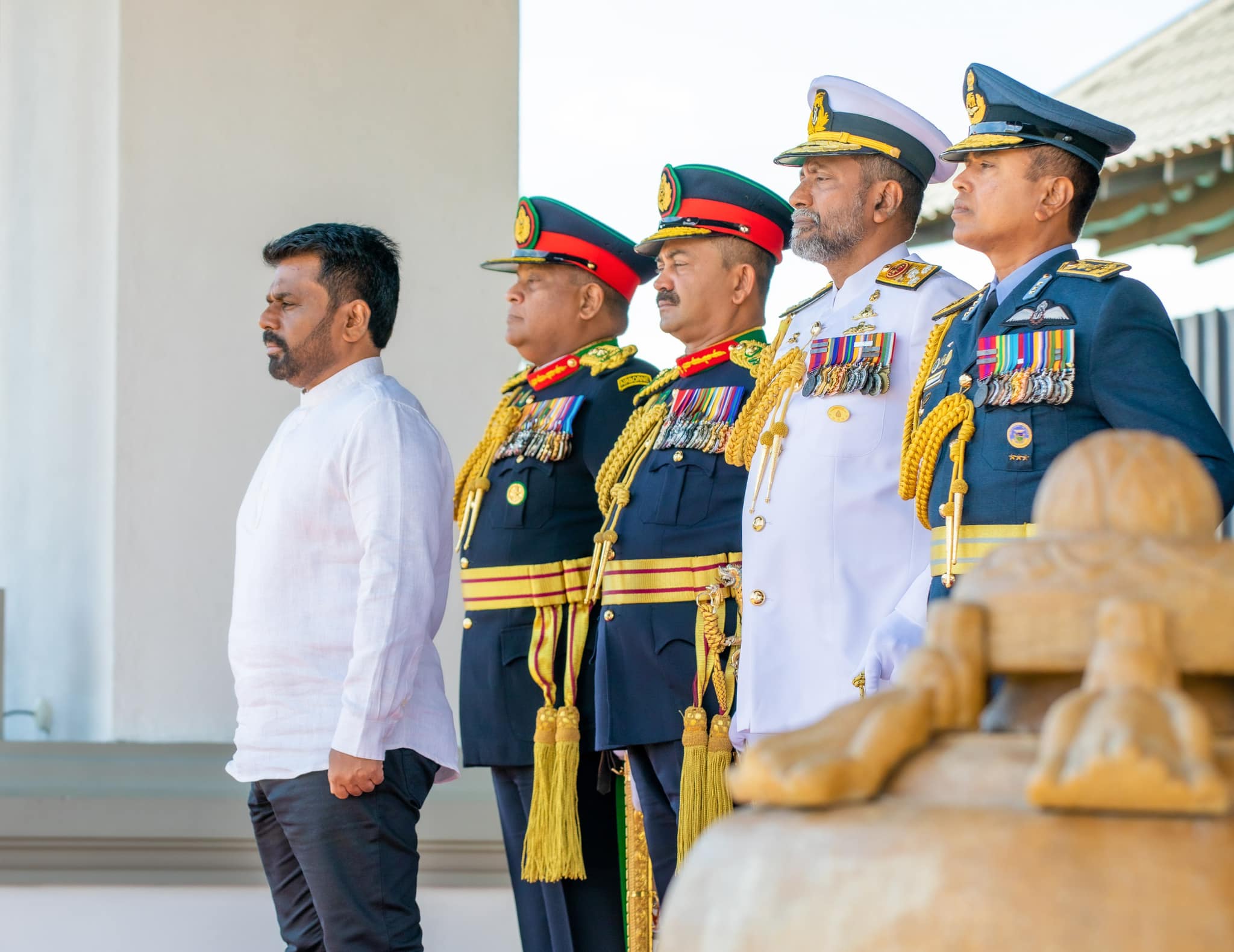
Sri Lanka, which defaulted on its debt in May 2022, has now reached an important agreement to restructure US$12.55 billion in international bond debt, in a deal some observers have dubbed the “most complex set of instruments ever arranged in a restructuring”.
Sri Lanka now becomes the fourth country to conclude a restructuring of its bonds this year, following Ghana, Ukraine and Zambia. In doing so, alongside the more well known macro-linked bonds (MLB), the deal saw the introduction of governance-linked bonds (GLB), the first of its kind.
But what does this deal mean and why has it stirred so much controversy?
Key points from the deal
The debt restructuring deal was a necessary step under the International Monetary Fund’s (IMF) $3 billion bailout program. About 98% of the investors holding Sri Lanka’s $12.55 billion in international bonds have agreed to swap their old bonds for new ones with different terms.
(To note, there was some holdout from the 2022 maturity, which did not pass the threshold required to swap the debts entirely. Only 73.13% voted in support of the proposal. Hamilton Reserve Bank holds over a quarter of the 2022 bonds and has attempted to sue Sri Lanka to seek full payment on more than $250 million of the bonds, plus interest. A legal case is ongoing.
Sri Lanka said that holders of the 2022 bonds who did not opt to take part in the exchange would continue to hold their 2022 bonds.)
According to Bloomberg, the agreement includes a 27% "haircut", which means that creditors agreed to take a loss on the face value of the bonds they hold.
It also sets new terms for the bond debt. Maturities have been extended, which means repayment deadlines have been pushed further into the future, with interest rates also lowered.
In doing so, macro-linked bonds (MLB) and governance-linked bonds (GLB) will be introduced.
Governance-linked bonds (GLB)
The governance-linked bonds state that if Sri Lanka hits key performance indicators (KPIs), seen as indicating better governance, the bound coupon or interest payment will be reduced.
According to Reuters:
The first KPI demands that Sri Lanka exceed a baseline ratio set by the International Monetary Fund (IMF) for total revenue to GDP in both 2026 and 2027, which the Fund has projected at 15.3% and 15.4% respectively.
Increasing government revenue to GDP will not be easy. Sri Lanka has historically struggled to collect taxes, with revenues averaging 11.5% of GDP in the decade before default. Under Gotabaya Rajapaksa, that figured dropped to below 10%
The IMF’s forecasts have been labelled “a skinny revenue base for such a country with public debts of over 100 per cent of GDP,” by Theo Maret and Brad Setser in the Financial Times.
It remains to be seen whether those targets will be hit under the presidency of Anura Kumara Dissanayake.
More from Reuters:
The second target requires the finance ministry to prepare and publish a "Fiscal Strategy Statement" on its website in both 2026 and 2027.
If Sri Lanka meets both targets, the bond coupon will be reduced by 75 basis points from late 2028. This would reduce its interest payments by $80 million over the remaining life of the instrument, which matures in 2035.
Macro-linked bonds (MLB)
MLB payments are tied to Sri Lanka’s economic performance, with similar models used in places such as Argentina, Greece and Ukraine. The latest bond deal however will have both ‘upside’ and ‘downside’ scenarios for the very first time, meaning the final terms and the payout amounts, will be linked to economic performance.
Sri Lanka’s economic performance targets, however, use IMF data as a baseline, and this is where the controversy grows.
The repayment structure is tied to Nominal Dollar GDP (size of the economy measured in USD) during 2025-2027 and an additional control variable measuring cumulative real GDP growth from 2024 to 2027 (actual economic growth adjusted for inflation). Essentially, if GDP performs well, investors get significantly higher cash flows.
Setser, a former staff economist at the United States Department of the Treasury and a fellow for international economics at the Council on Foreign Relations, has posted about this extensively.
He describes three main scenarios that could emerge.
Base Case: If GDP averages $89 billion → Debt is reduced slightly, and the bonds have a 6% interest rate.
Upside 1: If GDP averages $92 billion → Debt increases to $10 billion with a 6.6% interest rate.
Upside 2: If GDP exceeds $100 billion → Debt rises to $10.65 billion, and interest jumps to 8%. At this level, there’s virtually no debt relief because the higher interest cancels out any initial discount.
Downside Protection: If GDP falls significantly (e.g., $85 billion), debt is reduced to $7.5 billion, but the coupon rate remains unchanged.
There are significant pitfalls. The bonds tie future payments to GDP performance during the IMF program (2025-2027), which critics argue is artificially stable because Sri Lanka is propped up by IMF funds and reduced debt servicing.
In addition, the IMF’s GDP forecasts were reportedly lowballed, with actual GDP already tracking higher than projected ($100 billion instead of $90 billion).
“The risk here should be obvious—a strong Sri Lankan currency could drive nominal dollar GDP higher during the program period (when official inflows and limited debt service provide a stable source of foreign exchange on top of exports) even in the absence of any true increase in Sri Lanka’s external payment capacity,” writes Setser.
“The new bonds are thus structured to game the IMF's fiscal targets and increase the return bondholders get out of Sri Lanka’s debt exchange rather than to insulate Sri Lanka against future risks.”
Creditors, such as Rothschild and Co., “put out a celebratory press release extolling the structure,” he noted.
Short-term gains, long-term trouble?
Sri Lanka is currently in the midst of a 4-year Extended Fund Facility (EFF) from the IMF, which is due to finish in 2027. After that, Sri Lanka is expected to handle payments on its own in the international markets.
The deal however creates potential heavy debt payments starting 2028-2033, just when Colombo must return to borrowing from global markets.
With its rigid economic structure and poor tax collection history, Setser argues Sri Lanka cannot sustain such large repayments. Indeed, he criticises the IMF for relying solely on fiscal targets (like debt-to-GDP ratios) instead of considering balance of payments or external vulnerabilities.
He states how the IMF’s Debt Sustainability Analysis (DSA) set overly lenient targets for Sri Lanka’s debt.
Under the current IMF targets, debt levels are allowed to stay up to 105% of GDP until 2027, a historically unsustainable level for Sri Lanka. Public debt-to-GDP must fall to 95% by 2032.
Before its crisis, Sri Lanka’s debt-to-GDP was 80%, yet it still collapsed.
Setser notes that countries like Ghana and Malawi, which are also restructuring, have similar challenges but face stricter IMF targets, whilst Zambia, with better tax collection and stronger exports, has much tougher debt limits than Sri Lanka.
If Sri Lanka’s debt is around 100% of GDP and interest rates are 5%, one-third of government revenue will be spent on interest alone. If interest rates are higher (closer to 8%), over half of government revenue could be consumed by interest payments.
High debt levels and low revenue mean Sri Lanka will struggle to finance itself without borrowing again.
2028 – a new crisis point?

Whilst Sri Lanka may have some breathing space whilst the IMF program is in place, when it ends in 2028 Colombo is expected to repay external creditors on its own, just as debt service spikes. If Sri Lanka cannot borrow from international markets, it will face a foreign currency shortfall, a potential balance-of-payments crisis and economic collapse.
In addition, after 2027, MLBs behave like normal fixed-income bonds, meaning Sri Lanka must make repayments even if the economy faces external shocks. The lack of focus on fixing Sri Lanka’s fundamentals means there is an inevitable risk of re-defaulting in the future.
For bondholders, who successfully lobbied to tie payments to GDP growth and expect strong performance due to IMF stabilization, this may not matter. They have essentially ensured they get higher payouts even if Sri Lanka struggles post-2027.
This will pose challenges for Sri Lanka’s new president Anura Kumara Dissanayake. He came into office at a time when many were still reeling from the 2022 economic crisis, and pledged to enact a ‘system, change’. Yet, this week he finalised a deal that was initiated and negotiated by previous president Ranil Wickremesinghe. His promises of renegotiating the terms of the IMF deal have also fallen by the wayside.
Dissanayake has done little to challenge the status quo of his predecessor. Instead, Sri Lanka may have more testing times ahead.
_____
Read more from Setser here and see his X account here. Also see more from the FT here, here and here.
